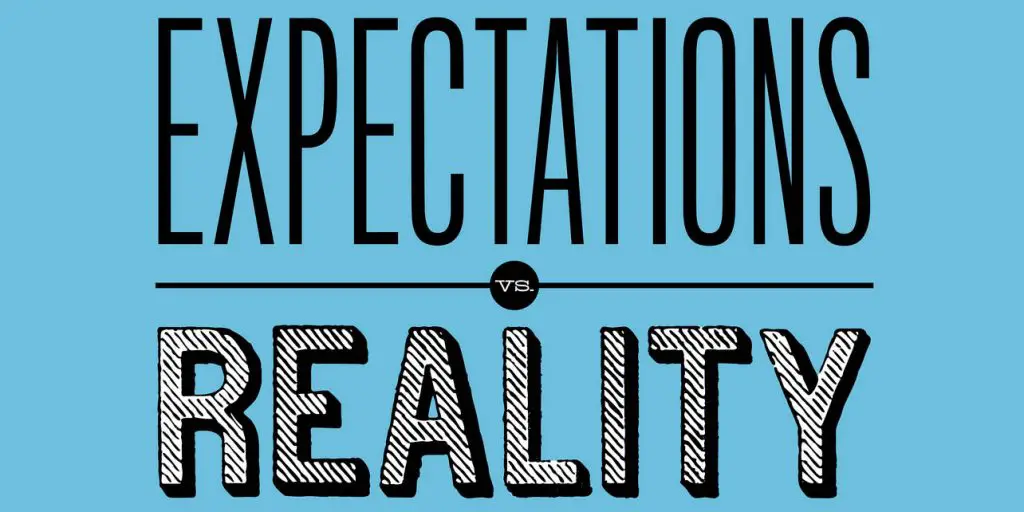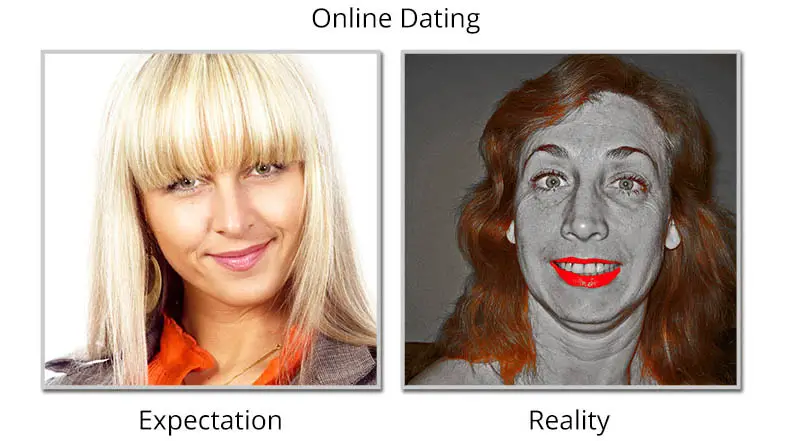Unexpected behavioral change of people while interacting is explained by Expectancy Violation Theory. The theory was proposed by Judee. K. Burgoon(a professor of Communication, Family Studies and Human Development) and talks about how nonverbal communication’s affect and influence behavior of people.
People tend to expect or predict people to behave in certain ways during any conversation which is violated sometimes due to relationship status of communicators, situation they are in and their mental state. The violation is sometimes taken to be positive whereas sometime is negative according to situation and people involved.
Individual perceptions, culture and behavior varies from person to person which also makes their communication patterns peculiar.

Expectancy Violation Theory is adapted from Nonverbal Expectancy Violation model developed by the same communication theorist which is about violation of personal space created by people for themselves. The theory is based on a theory known as Uncertainty Reduction Theory, which talks about reduction of vagueness of behavior with the help of interaction.
Concepts in Expectancy Violation Theory
People do not want their personal spaces to be breached. People give freedom only to their near and dear ones to get close to them. Relationships influence interaction and personal space freedom. The theory says that people tend to show unexpected behavior when their personal space or expected behavior is violated.
Expectations are of two types: Predictive and Prescriptive.
Predictive expectations are behavior and communication happening according to the expectations in a particular environment, situation or context. Similarly, prescriptive expectations are the way people display their behavior and communicate in a particular environment, situation or context.
Feedback is determined by the initial message which is unexpected in this case. It happens in verbal as well as non-verbal communications. If the person who violates personal spaces is favorable then the violation is not taken as negative. Another aspect of personal space is territoriality or ownership, which can be of a place or a thing.
Other assumption of this theory is that people are driven by expectations. People learn from their fulfilled or broken expectations which develops their tendency to predict others behavior.
Threat threshold is the distance or proximity of any person coming close which causes physical or psychological discomfort. Arousal is the condition when people get more interested if something unexpected happens. Similarly, violation valence is the amount of positive or negative affect of unexpected behavior.
[Related Reading: Verbal vs. Non-verbal Communication]

Factors Determining Expectancies
Factors of expectancies create a limit for each conversation with different people. It limits behavior of people and creates an expectation. Conversations which move accordingly is taken as positive. If there are violations to expectations, it can either be positive or negative according to the factors of expectancies. The major factors influencing expectations are:
- Characteristics of interactants like their age, sex, personality, etc.
- Interpersonal characteristics of interactants like the relationship that they have with each other and closeness.
- Environmental factors like culture, mood, social situations, events, etc.
Features of Expectancy Violation Theory
- Communication is taken as an exchange of high interpersonal content information.
- Violation of personal space can be positive or negative according to the person, situation and environment involved in interaction.
- Personal space can be divided as intimate, personal, social and public distance.
- Expectations in interactions are learnt behavior.
- It shows people’s reactions in unexpected situations created by unexpected behavior.
- Expectations have factors like norms, culture, etc.
- Outcome of communication is measured through expectancy.
- The theory is applicable in various interpersonal and group relationship situations.
Examples of Expectancy Violation Theory
People expect sportsmen to be rough and rude while conversing. But, if in any instance, someone interacts with some football star or cricket player and find them to be gentle, their behavior is totally unexpected. It becomes a confusing situation to the person and the person does not know how to continue the conversation.
If the person takes the unexpected behavior as positive, the person will find ways to continue the conversation accordingly, whereas, if it is taken as negative, the person will find it violating and find ways to stop the conversation.

Similarly, expectations are build on stereotypes. Actors and actresses are thought of to be stuck up and superficial. But if that is not the case, people do not think of them as good.
I might allow my friend to use slang while talking to me but find it offending if a stranger does it. Giving unexpected praises and honors make people work better and harder. Similarly, if someone tries to use my laptop, it is also taken as a breach to my personal space.
Criticisms of Expectancy Violation Theory
- The theory takes expectations to be negatively influenced.
- Expectations are vaguely described in the theory.
- Here, expectations are shown to be more for unknown people more than people related to you, whereas in reality, expectations are more with people you know well.
- When people do not know each other well, they try to communicate to know them better.
- Violations are mostly taken as negative and uncertain.
- Expectancies and violations are situational and consequential which is not shown by the theory.
- There are no valid measures to the variables used in the theory.
- Reward value is taken as expectation which might not be valid in all cases.
